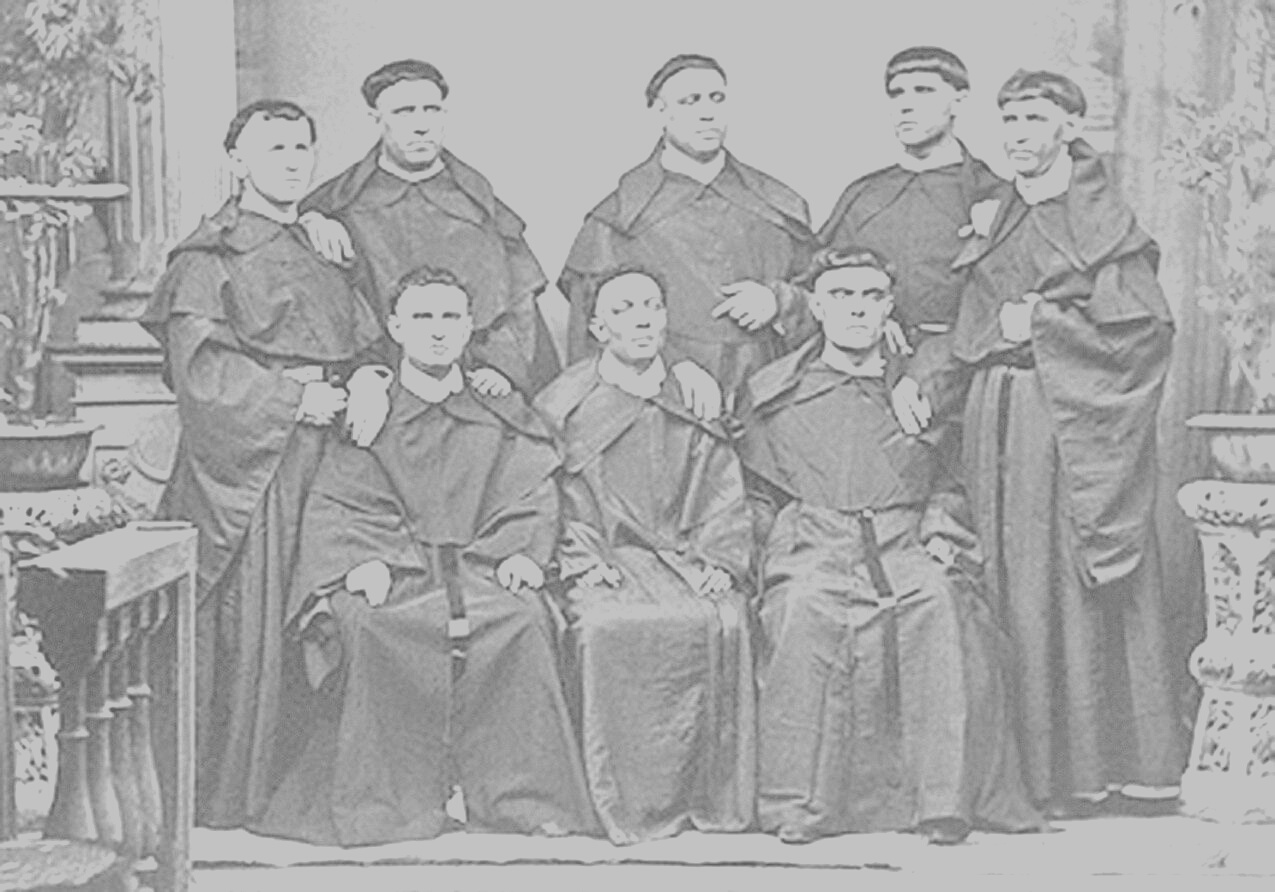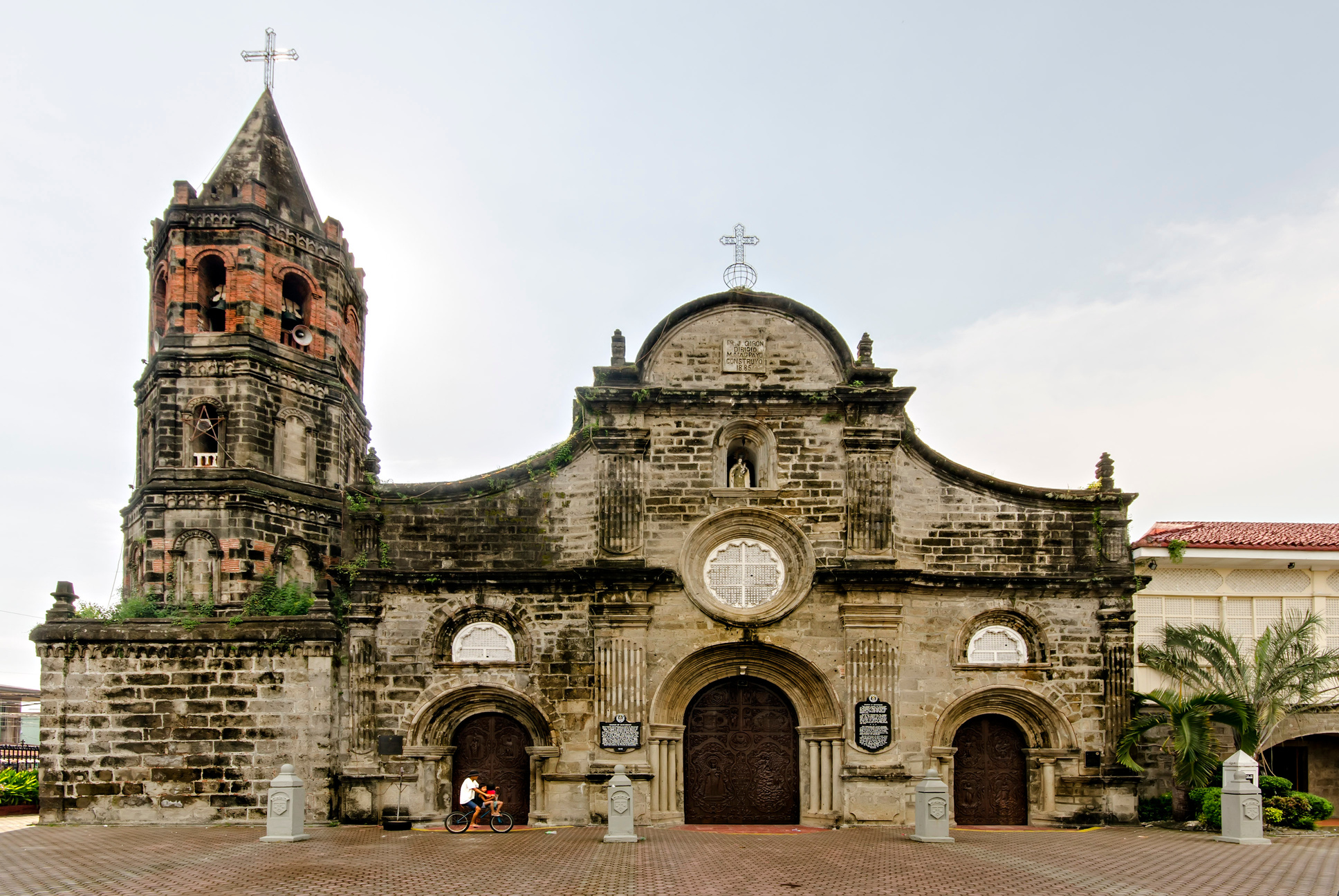
BARASOAIN
CHURCH
—1630—
BACKGROUND
INTRODUCTION

The Barasoain Church, also known as Our Lady of Mount Carmel Parish, is a Roman Catholic church located in Malolos, Bulacan. The church was built in 1888 and is one of the most important historical landmarks in the province. The church is best known for its role in establishing the First Philippine Republic, which was proclaimed in 1898.
The church is a beautiful and popular tourist destination. It was built in 1888 and had a wood interior with a white color scheme. The altar is magnificent, and the facade is famous for its intricate stones. The church is a nostalgic place for many people, and it is easy to see why. It is a lovely place to visit.
The Barasoain Church is an excellent place for weddings. It is a historically significant and sentimental location with a long aisle and an advantageous location. The inside of the church is richly detailed, whereas the exterior is breathtaking and varied.
The Barasoain Church is one of the most iconic churches in the Philippines. The church is surrounded by peaceful surroundings and beautiful views of the area.

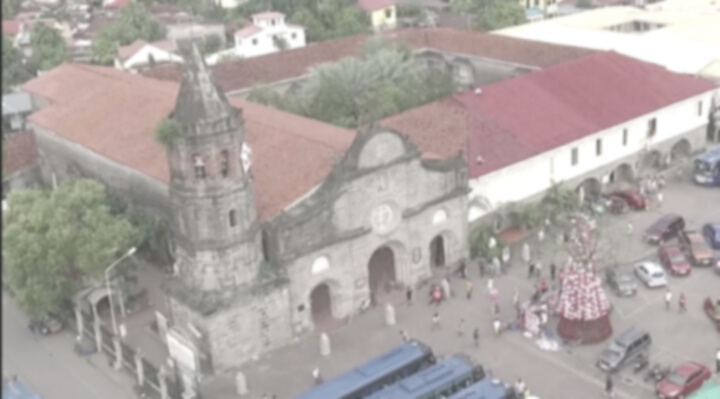
The Church is located in Paseo del Congreso Street corner Don Antonio Bautista Street, Brgy. San Gabriel, Malolos. It is an impressive historic church with a genuinely moving facade. The architecture is very traditional, and the church is excellent for weddings. The front of the church is truly unique, and the view from inside is breathtaking.

The Barasoain Church played a major role in the history of the Philippines. Three important episodes in the history of the Philippines took place there. After the declaration of the Philippine independence in Kawit, Cavite in June 12, 1898, Aguinaldo transferred his government to Malolos, Bulacan. The Barasoain Church became the venue for the inauguration of the First Philippine Congress on September 15, 1898, for the drafting of the Malolos Constitution on September 29, 1898 to January 21, 1899 and for the inauguration of the First Philippine Republic on January 23, 1899. These events count among the proudest moments in the struggle of Filipinos for self-rule.
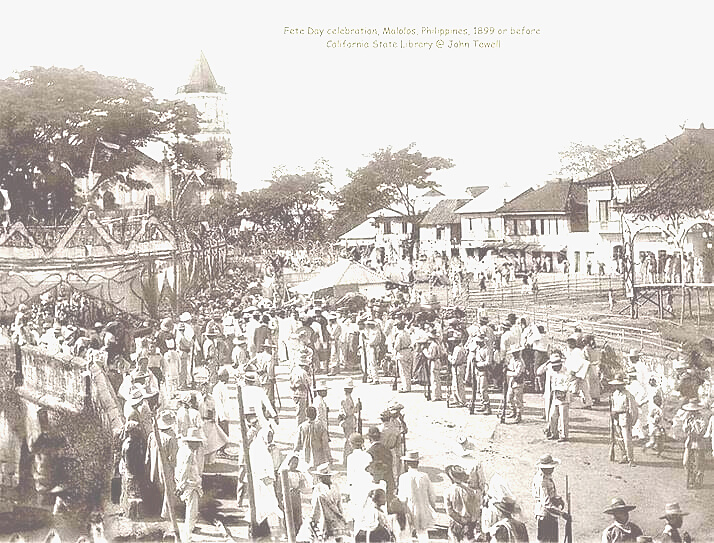
The Barasoain Church was originally founded by Augustinian Missionaries, and built for the Roman Catholic masses in Malolos, Bulacan during the mid-1500s to early-1600s. It was well-known for its intricate architecture and adornments. However, it was burned down at the height of the Philippine Revolution in the 1800’s. It was renovated and reconstructed, but its haunting beauty still remained. Throughout the years, it has served as a venue for various occasions. The most notable are these three major national events: (1) the First Philippine Congress; (2) the drafting of the Malolos Constitution in 1899; and (3) the inauguration of two Philippine Presidents: General Emilio Aguinaldo, the President of the First Republic, and President Joseph Estrada, the 13th President of the Republic of the Philippines.
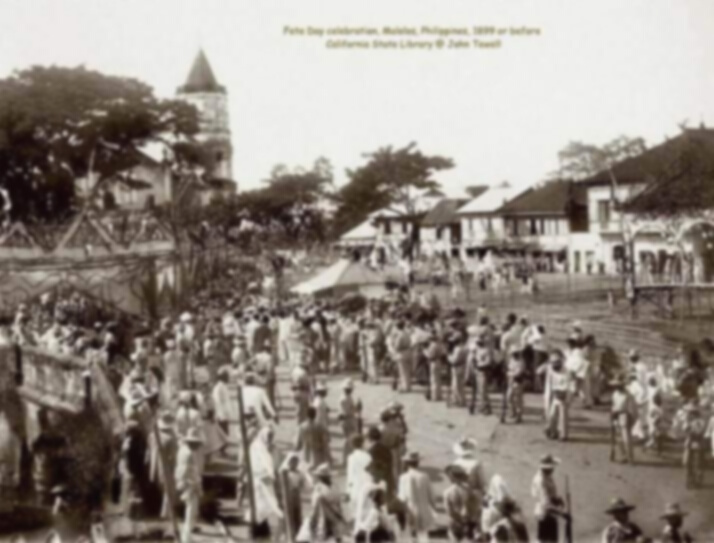
Plans were made to write a new constitution for the soon to be proclaimed Philippine Republic; Barásoain Church was chosen to be the site of the First Philippine Congress, otherwise known as the Malolos Congress, which convened on September 15, 1898 to draft what would become the Malolos Constitution.
HISTORY
Through the years, the parish stood for the test of time; becoming a silent witness to theevents that occurred within and outside its walls.
ETYMOLOGY
According to some people who see the relevance ofthe name Barasoain in the Revolution, the word Barasoaincame from the term "Baras ng Suwail" which means"dungeon of the defiant." It may be seen that Barasoain isthe town of the nationalistic Filipino, fighting against theforeigners who oppressed the nation.However, according to Jose P. W. Tantoco, theformer president of Bulacan Historical, Inc., the nameBarasoain came from the missionaries in this town who came from a similarly-named town inSpain. The town of Barasoain in Spain is located in the District of Navarra.
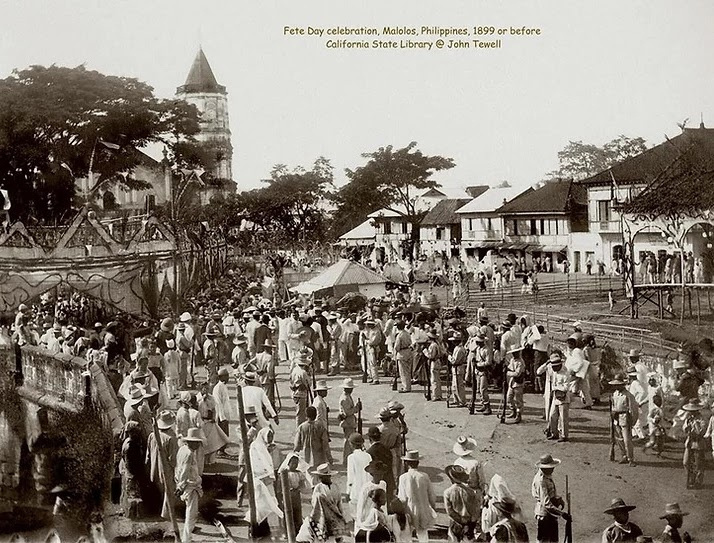
From Pampanga, the Augustinian missionaries arrived in Barasoain via Calumpit. Here,they saw a community that reminded them of the forest and the beauty of Barasoain in Navarra,Spain. It can be said that a missionary from Navarra recognized his hometown he loved and considered Barasoain as his second town and he lived in one of the houses in Barasoain. Duringhis visit in Malolos during the 1998 Independence Day Centennial Anniversary, former presidentJoseph Estrada stayed in this district of heritage houses. One of the first houses in Barasoain today that serves as a commercial establishment is theAncestral House of the former president Corazon Aquino, the 11th president of the Republic of the Philippines.Presently, houses in Malolos City are commonly made of wood and cement, showcasing the modern construction methods prevalent in the present period. Some of the old houses still standing that show the heritage of the past are located in Barangay Anilao.
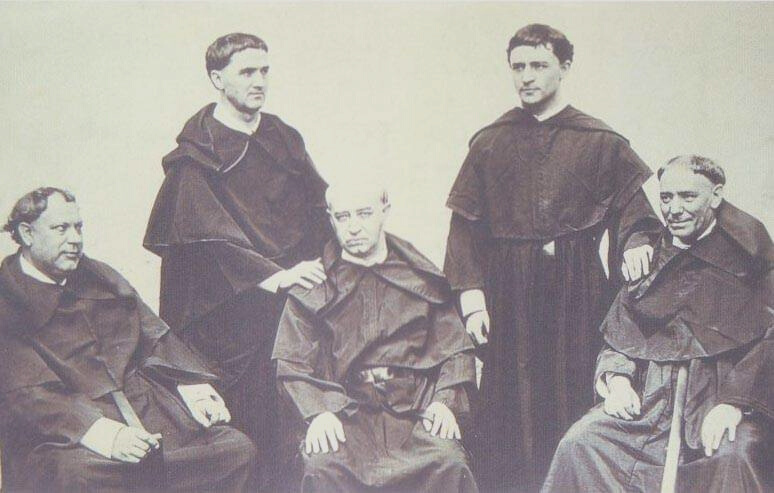

EARLY HISTORY
Barasoain Church's history began when the town of Barasoain, along with the town of Santa Isabel, was split from the town of Malolos in 1859. Don Alejandro Valenzuela was the first gobernadorcillo of the new town. With this splitting, a church was built to cater the needs of the residents. Barasoain Church began as a chapel built by Augustinian missionaries in 1859 with Fr. Fray F. Arriola as the first parish priest. With a stone church yet to be built, the space in the pantheon of Casa Tribunal (now known as Casa Real de Malolos) was located near the bridge in the road leading to Malolos Basilica. In 1860, the church made of nipa and bamboo was made in the site that will become the present-day church's plaza. In 1862, funds were raised to begin constructing a stone church.In 1863, the convent made of stones and bricks was constructed in Camino Real (now Paseo del Congreso) and Calle Republika (now Don Antonio Bautista Street). Fr. Emiterio Ruperas Succeeded Fr. Arriola in 1871 until a new parish priest arrived (which will be Fr. Francisco Royo), it was during his time that one of the existing church bells (bearing the year 1870) was given by the town of Malolos and was dedicated to Our Lady of Mount Carmel.
Fr. Francisco Royo was succeeded by Fr. Juan Giron in 1879. In 1880, a strong earthquake caused the bell tower and the roof to collapse; it was later replaced. In 1884, a large fire that started in Liang destroyed the church for the second time. In 1885, the present church made of concrete stone and adobe was constructed. It was spearheaded by Fr. Juan Giron with Miguel Magpayo as the lead constructor for the project.

In 1889, Fr. Martin Arconada rebuilt the bell tower and repaired the convent. With the arrival of Filipino priests, the church underwent massive changes, especially the facade. The facadewas replaced and the image of Christ the King is installed as if it is overlooking the entire parish to defend it. A cement floor was installed for the people to climb to it.
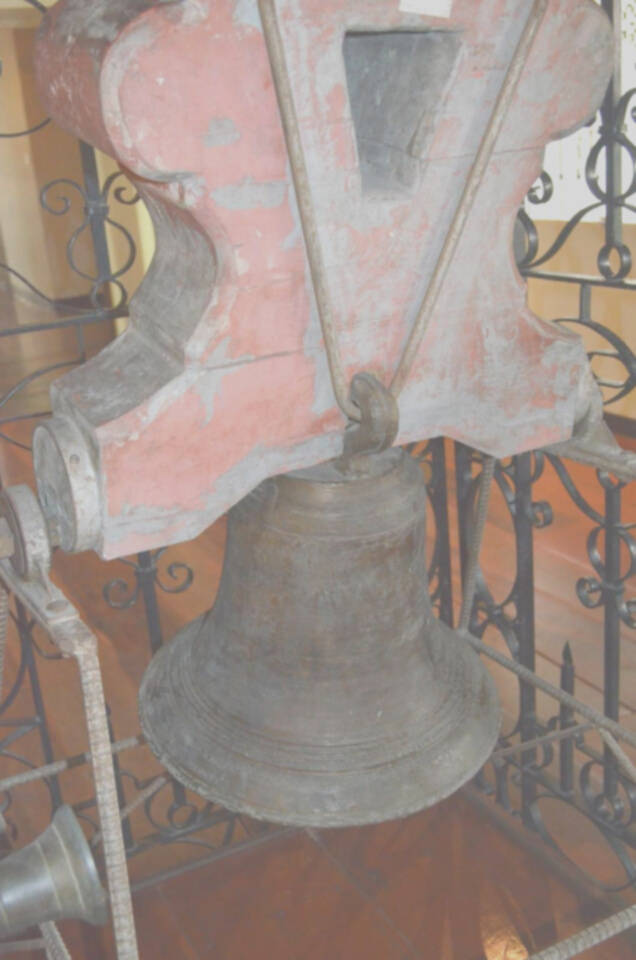
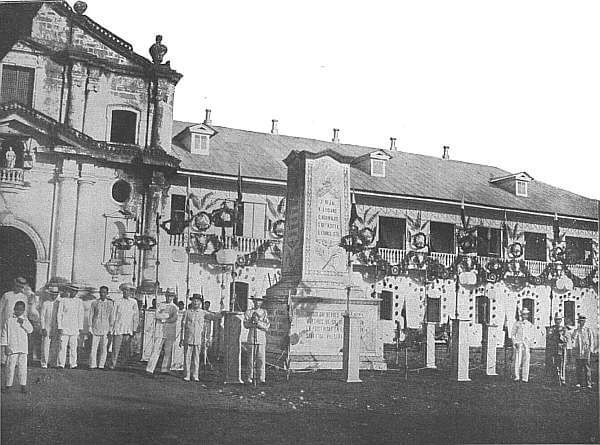
THE MALOLOS REPUBLIC
The most colourful period in the church's history came during the outbreak of the Philippine Revolution. The end of the Spanish rule in the Philippines brought the American colonists in the country. It was during this time that Gen. Emilio Aguinaldo established the First Philippine Republic. With tensions rising between the Filipino and American forces, Gen. Aguinaldo moved the capital from Manila to Malolos. The congress of the early republic convened in Barasoain Church And soon drafted its Constitution and was ratified in 1899. This led to the formal inauguration of the First Philippine Republic on 23 January 1899.With the Philippine-American War finally breaking out on 4 February 1899, the Congress Held its last session on the last week of the same month with President Aguinaldo retreating to Nueva Ecija. Barasoain and Malolos were finally captured by the Americans on 31 March 1899.
THE AMERICAN PERIOD
In February 1900, the Americans appointed officials to lead the towns of Malolos,Barasoain and Santa Isabel. Don Pedro del Rosario was appointed to lead the town of Barasoain.In 1901, the capital of Bulacan was transferred from the town of Bulacan to Malolos. In 1903, the towns of Barasoain and Santa Isabel were reunited with Malolos.
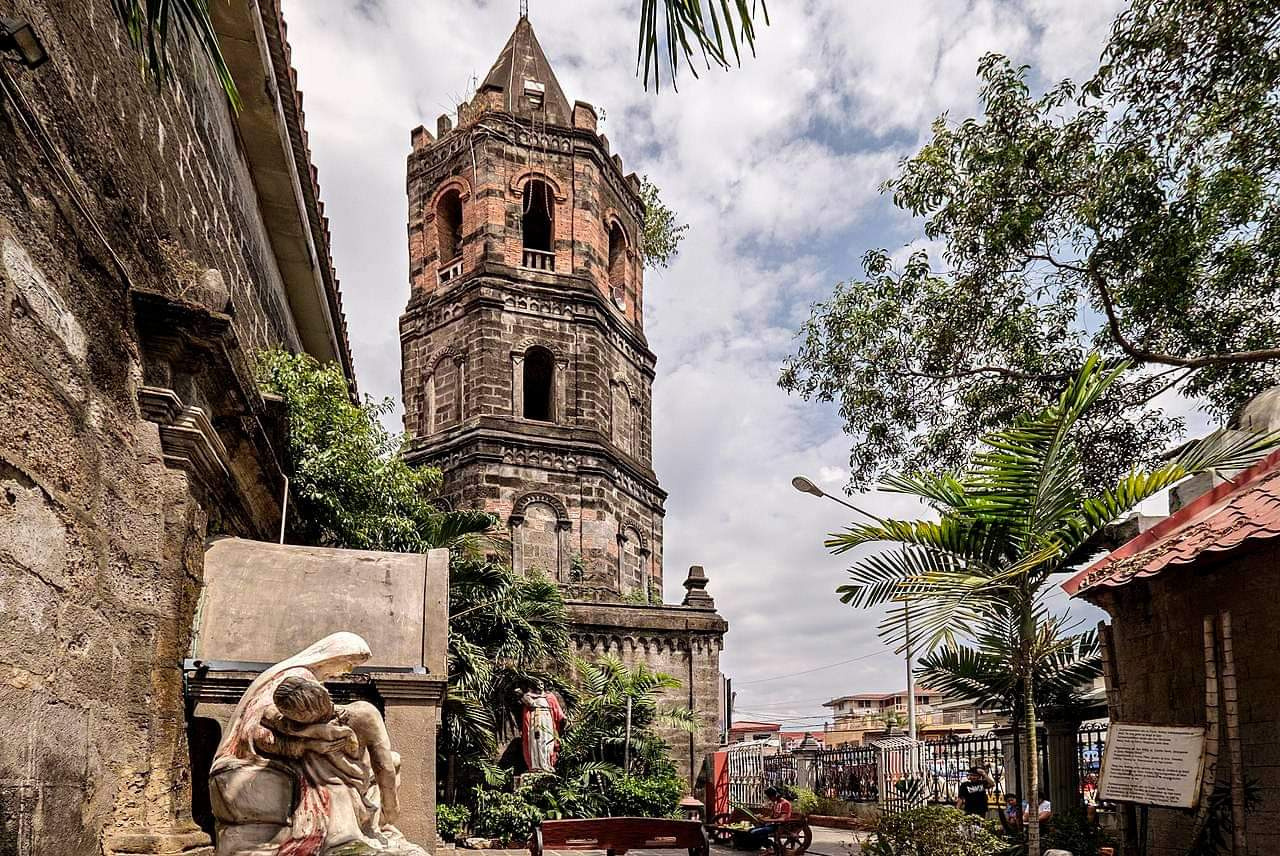
CONTEMPORARY PERIOD
In 1973, Barasoain Church was proclaimed as a National Shrine by former PresidentFerdinand Marcos through the virtue of Presidential Decree No. 260. A museum, managed by the National Historical Commission of the Philippines was opened in the convent.In 1989 Msgr. Moises Andrade, the then parish priest, removed the wooden retablo made in the past and left exposed the original stones columns and the walls of the altar. This showed the original baroque design of the main altar.In 1997, in coordination with the parish priest, Msgr. Jose Aguilan, the National CentennialCommission initiated a major restoration and development works for Barasoain church and convent for the celebration of centennial anniversary of Malolos Congress.
The entire roof of the church was reconstructed using the replicas of clay tiles of the 19th century and elevating it three meters higher than the original level. Likewise, the marble flooring was replaced by the checkerboard design of black and white cement tiles. The original motif and design of ceiling and walls were copied. Upon its completion on 30 June 1998, President Joseph Estrada, 100 years after thePhilippine Republic was inaugurated and 100 years after the oathtaking of President Emilio in1889 as the first president, took his oath of Office as the 13th Philippine Republic.The church has become Malolos City's symbolic landmark. Around the church, one can find public schools, banks, computer centres, shops, subdivisions, hospitals and roads that connect the city to Manila and other nearby towns. In spite of modernization, the city still possesses the beauty of what was once a town that was established in this particular area. Farms, fishponds and trees are also located nearby.
The Universidad Cientifica Literaria de Filipinas (University of Literature and Science)which was founded by the First Republic in the convent of the church does not exist anymore. LaConsolacion University of the Philippines (formerly University of Regina Carmeli) is the present educational institution standing beside the church. The university is under the management of Augustinian sisters and offers undergraduate and postgraduate courses in Arts and Sciences. In the parish, church and civic organisations remain active that keep the strong foundation of faith that is being passed from generations to generations. The organisations are also active in keeping the historical and political heritage of Malolos, particularly Barasoain.
Francis Fajardo
BSIT - 2B
